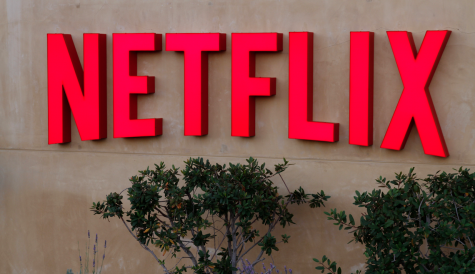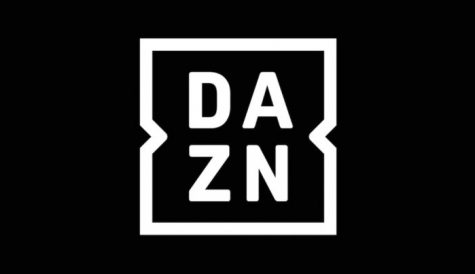Will 2023 be the year of loss or gain for service providers?

Financial figures for the first quarter are out and it is clear that while there have been strong performances from some service providers, many are struggling with increasing losses.
This week we saw a solid performance from Comcast for the first quarter, reporting a net income increase by 8% reaching US$3.8 billion, with EBITDA up 2.9% to US$9.4 billion driven by its broadband business and particularly its theme parks. Despite a 4.3% drop in revenue to US$29.7 billion. The company also reported that Peacock revenue went up 45% to US$685M million and paid subscribers had increased by more than 60% reaching approximately 22 million.
Commenting on the latest figures Comcast president Michael Cavanagh said, “The results we are seeing give us confidence that we are on the right path for Peacock to break even and grow from there.”
He added, “We move fast and are more capable of reliably and cost effectively meeting our customer’s needs. We already have over 2.5 million domestic business customers, more than any other competitor and are targeting a $50 billion market opportunity within our footprint and a $70 billion to $100 billion total market opportunity that we can now go after by leveraging our technology and partners outside of our footprint.”
However, Comcast’s chief financial officer and treasurer Jason Armstrong cautioned that “the broadband environment remains highly competitive right now, particularly at the lower end. And as such, our view remains that 2023 will be a challenging period for us to add subs.”
Positive results elsewhere include Viaplay, the Nordic streamer, which revealed that global paying subscribers enjoyed a boost of 60% in the year to March, rising to 7.643 million at the end of the first quarter. The service added 325,000 new subscribers in the quarter, with a recorded organic sales growth of over 30% and net sales of SEK4.537 billion.
Also performing well, Portuguese cable operator NOS said that its total revenue-generating units were up buy 89,400 and fixed broadband RGUs were up by 6,300, as well as fixed pay TV subs were up by 7,500. It also saw consolidated revenue increase by 2.2% to €381.4 million, while EBITDA was up 8.8% to €173.5 million.
However, Nordic telco Tele2’s overall revenue for the quarter was just over SEK7 billion, up 3%, and while Belgium’s Telenet posted a 9% increase in revenue to €702.8 million for the quarter, it was hit with a loss of 21,800 video subscribers.
Weak advertising market
Also from financial results released this week, weakness in the advertising market was pointed to as a growing problem across service providers and streamers, including Nordic telco and media outfit Telia and device manufacturer and FAST operator Roku.
Telia announced earlier this week that it had experienced a 2.4% decline in service revenue across its TV and media department driven by a softening advertising market, coupled with advertising revenue falling by 5.4%. The provider also saw subscriptions for SVOD decrease by 20,000 in Q1.
Despite the drop in subscribers and ad revenue, the company expects improvements as it restructures its TV and Media business with a planned launch of the new TV4 Play expected later this year. This will involve the shutting down of pay TV service C More, which will be combined with TV4 Play into one brand and deliver a wider range of services based on a stronger slate of content.
Allison Kirkby, president and CEO of Telia said, “Looking ahead, our full-year outlook is unchanged. With energy headwinds starting to subside, pricing initiatives in place, and peak network investment now behind us, 2023 is a year for us to restore confidence in our strategy and improve cash generation, despite current challenges in TV and Media.”
Roku meanwhile explained that its decline was due to the fact that “the macro environment remained challenged in Q1”. It reported average revenue per user had fallen by 5%, impacted by the total US advertising market dropping by 7.4%. On top of this, ad spend decline on traditional TV was 12.7% and traditional TV ad scatter where ad space is not bought upfront but later to airing date, was down 20%.
The streaming device provider and FAST operator said this was a result of pressure placed on consumers “by inflation and recessionary fears, and thus discretionary spend is likely to remain muted.”
It has set out plans to generate platform revenue through advertising sales, the distribution of streaming services, the distribution of FAST channels, Roku Pay, and via its media and entertainment promotional capabilities.
However, a key move from Roku as part of an attempt to cut costs has been a series of layoffs at its offices which encompassed the departure of 400 of its staff from November 2022 to March 2023. This has been a common approach across businesses when tackling increasing costs and dropping numbers. Disney also announced multiple layoffs this week, following a restructure at the company driven by its Q4 2022 results. The cuts involved jobs across its animation, unscripted and ESPN divisions, joined by exits from Disney-owned networks ABC and Freeform.
Overall, declining revenues and increased costs, staff cuts and restructures provide continuing evidence of financial weakness and fear among content companies and service providers.



